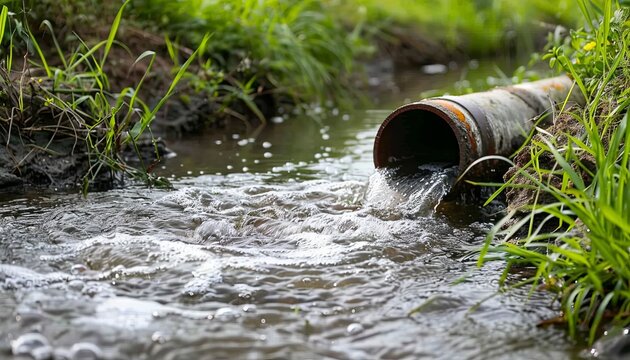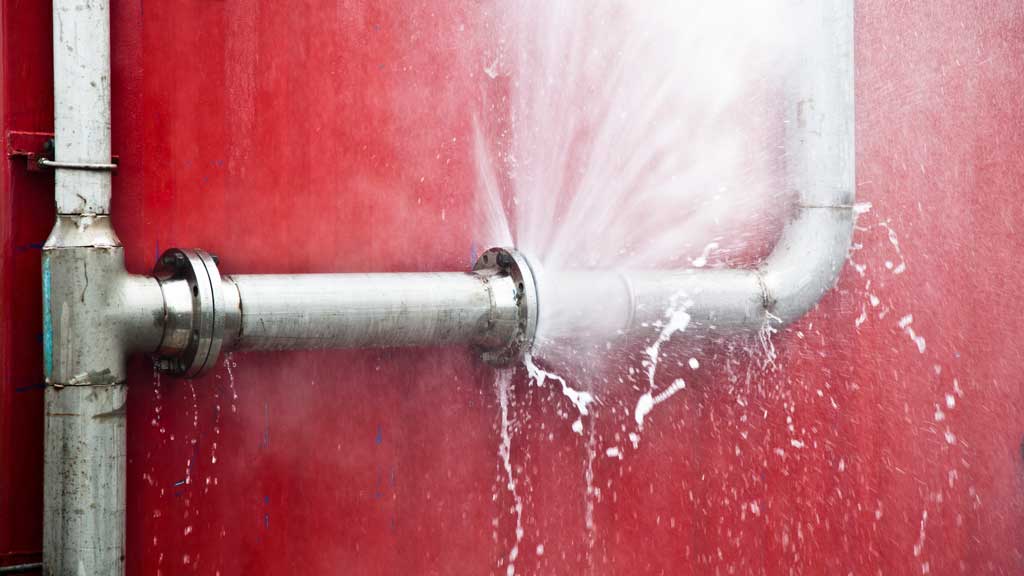Understanding the Causes of a Burst Pipe and How to Prevent It
Understanding the Causes of a Burst Pipe and How to Prevent It
Blog Article
Stopping Ruptured Water Lines: Important Tips to Shield Your Plumbing
Stopping ruptured pipelines is a crucial worry for home owners, particularly during cooler months when the threat of cold is heightened. Executing calculated actions such as proper insulation, routine assessments, and keeping regular indoor temperatures can dramatically minimize the possibility of pipe failure. Furthermore, recognizing emergency situation procedures equips homeowners to respond swiftly to possible plumbing concerns. Numerous are unaware of the particular vulnerabilities that their pipes might encounter. Checking out these susceptabilities can offer indispensable understandings right into safeguarding your pipes system properly.
Understand Pipe Vulnerabilities
Understanding pipeline vulnerabilities is necessary for efficient pipes upkeep and stopping costly damages. Several variables contribute to the sensitivity of pipelines to bursts, including product composition, age, and environmental conditions. Older pipelines, especially those made from galvanized steel or polybutylene, usually weaken gradually, causing increased risk of leakages and ruptures.
Temperature level changes can additionally substantially influence pipe integrity. In chillier environments, water caught in pipelines can freeze, broadening and applying stress on the pipe wall surfaces, which may ultimately cause a ruptured. Moreover, high water pressure can strain pipes, especially at joints and bends, increasing the likelihood of failure.

Insulate Pipes Correctly
Proper insulation of pipes is vital for avoiding cold and succeeding ruptureds throughout winter (burst pipe). Protecting your pipes system properly safeguards versus temperature level drops that can result in costly damage. Begin by determining prone locations where pipes are revealed to outside temperature levels, such as cellars, attics, and exterior walls
Use foam pipeline insulation sleeves or cover insulation tape around these areas to provide a protective obstacle. Make sure that all areas of the pipes, particularly those with minimal warm direct exposure, receive sufficient insulation. Pay unique focus to installations and joints, as these are extra vulnerable to freezing.
When shielding, it's important to pick products that meet neighborhood building ordinance and are ideal for the details setting. As an example, fiberglass insulation is typically suggested for its thermal resistance residential properties - burst pipe. In addition, consider making use of warmth cords or tape in extreme conditions, which can be connected in to give extra warmth
On a regular basis inspect protected pipelines for any type of indicators of wear or damages, as compromised insulation can lessen its efficiency. By taking these aggressive measures, you dramatically lower the danger of pipe ruptureds, making sure a reputable pipes system throughout the cold weather.
Maintain Regular Temperature Level
A steady interior temperature is vital for preventing burst pipes throughout the icy months. When temperatures decline, water within pipelines can freeze, developing and broadening pressure that might ultimately create the pipelines to burst.Utilizing a programmable thermostat can help handle indoor temperature levels successfully, making sure that rooms with plumbing continue to be cozy even when the residence is empty.
This minor go to website circulation of water can prevent freezing by relieving pressure within the pipes. By applying these methods, house owners can considerably reduce the danger of pipe bursts and guard their pipes systems versus the extreme winter season aspects.
On A Regular Basis Evaluate Pipes
Routine assessments of pipes systems are crucial for protecting against ruptured pipes and maintaining overall home honesty. Routine checks permit property owners to determine potential issues prior to they escalate right into pricey fixings or significant water damages. During these examinations, it is important to analyze visible pipes for signs of rust, leaks, or wear. Pay special interest to locations susceptible to freezing, such as cellars, attic rooms, and outside walls.
In addition, checking joints and connections is important, as these factors are usually prone to leaks. Homeowners need to likewise examine water pressure degrees, as excessive pressure can strain the pipes system and increase the threat of pipeline ruptureds.
Think about organizing expert plumbing inspections at the very least once a year, specifically prior to winter months, to ensure your system is prepared for colder temperatures. By being positive in your strategy, you can secure your home versus the turbulent and costly effects of ruptured pipelines.
Know Emergency Procedures
Comprehending emergency procedures is crucial for every homeowner, especially after conducting normal plumbing inspections. Being prepared for a pipes emergency situation can substantially alleviate damage and conserve costs.
Next, keep important tools handy. A plumbing emergency situation kit need to include a wrench, plunger, and towels, along with a flashlight and a container for small leaks. Furthermore, take into consideration having the contact information for a relied on plumbing easily offered, must the situation intensify past your control.
If you detect a leak or burst pipeline, instantly shut off the supply of water and inform check these guys out your plumbing technician. Additionally, document the damage with photos for insurance objectives. burst pipe. Recognize the signs of potential pipes issues, such as unusual water stress changes or damp places on walls
Eventually, aggressive understanding and quick activity are vital in taking care of plumbing emergencies, ensuring your home remains protected and lessening possible damages.

Conclusion
Finally, protecting against ruptured pipes necessitates a multifaceted approach that includes understanding pipeline vulnerabilities, appropriate insulation, maintaining regular indoor temperatures, normal inspections, and knowledge of emergency procedures. By executing these essential techniques, the danger of plumbing failures can be significantly minimized, thus guaranteeing the long life and efficiency of the pipes system. Proactive actions not only guard against possible damage yet additionally add to total water conservation and the defense of home.
In cooler environments, water entraped in pipes can you can find out more freeze, exerting and broadening stress on the pipe walls, which might inevitably lead to a burst. When temperatures decrease, water within pipes can freeze, increasing and producing pressure that might inevitably trigger the pipelines to burst. By carrying out these strategies, home owners can considerably minimize the threat of pipe bursts and protect their pipes systems versus the harsh winter components.

Report this page